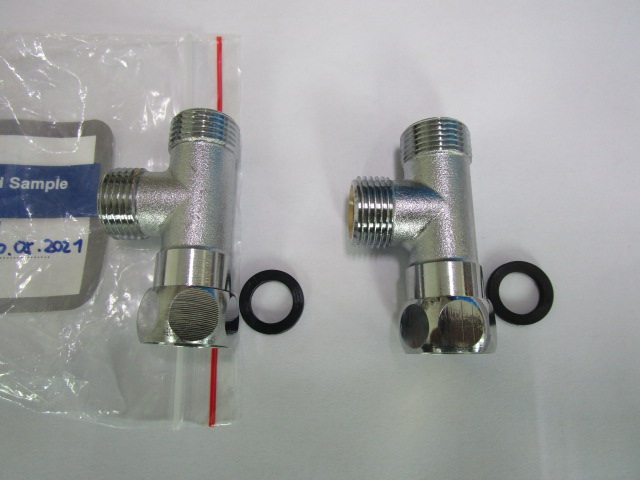
A. Inspection Process Overview
The fabric inspection process encompasses several critical steps to ensure quality, including evaluating cut pieces, assessing color and light, verifying the total quantity of mass production, sampling fabric rolls, retaining samples of each color, and completing an inspection report.
B. Detailed Inspection Procedures
Inspecting Cut Pieces:
- Maintain a clean, well-lit area for inspection.
- Use the production code sheet to match real cut pieces from each roll, organized by color under different lighting conditions.
- Verify that the number of cut pieces matches the volume numbers on the code sheet.
- Assess color consistency and quality within and between different dye lots. Non-conforming items are rejected.
- Evaluate for color differences across the fabric and for defects; non-standard items should be singled out for detailed inspection.
Color and Light Examination:
- Under standardized lighting conditions, evaluate the selected cut pieces for color fidelity, texture, and pattern accuracy. Reject non-standard pieces.
Total Quantity Check:
- In the presence of factory personnel, inspect the packing and arrangement of the mass production in the warehouse, ensuring total volume accuracy.
Cloth Roll Sampling and Inspection:
- Utilize a code inspection machine to examine randomly selected rolls, covering all color variations, aiming for a minimum of 10% inspection rate per color batch.
- Inspect the packaging and labeling accuracy.
- Evaluate the fabric for defects using a four-point scale and measure the effective width for compliance.
- At the end of each roll, compare the cut piece against factory samples for color accuracy and perform a gram weight test.
Sampling Tests:
- Conduct random sampling for internal index testing at designated institutions.
Retention of Samples and Reports:
- Keep a representative sample of each color on A4 paper, labeled with details for future reference. Store all internal test reports for review.
Filling the Inspection Report:
- Accurately document findings according to the inspection outcomes.
C. Guidelines for Fabric Inspection
Color and Light Control:
- Assess color uniformity across each roll, ensuring deviations are within acceptable limits according to AATCC standards.
Four-Point Scale for Defect Evaluation:
- Rate defects on a scale, with a maximum penalty of 4 points per yard, addressing holes, seams, and other defects accordingly.
Acceptance Criteria:
- Base acceptance on the inspection score, considering defect rates and fabric length requirements as per PDM specifications.
Other Fabric Requirements:
- Unacceptable defects, odor, fabric orientation, weight, weave skewness, and length discrepancies are detailed, with specific rejection criteria for non-conformity.
Rejection Policy:
- Rolls or batches not meeting standards are rejected, with specific conditions for missed inspections and bulk defect presence.




